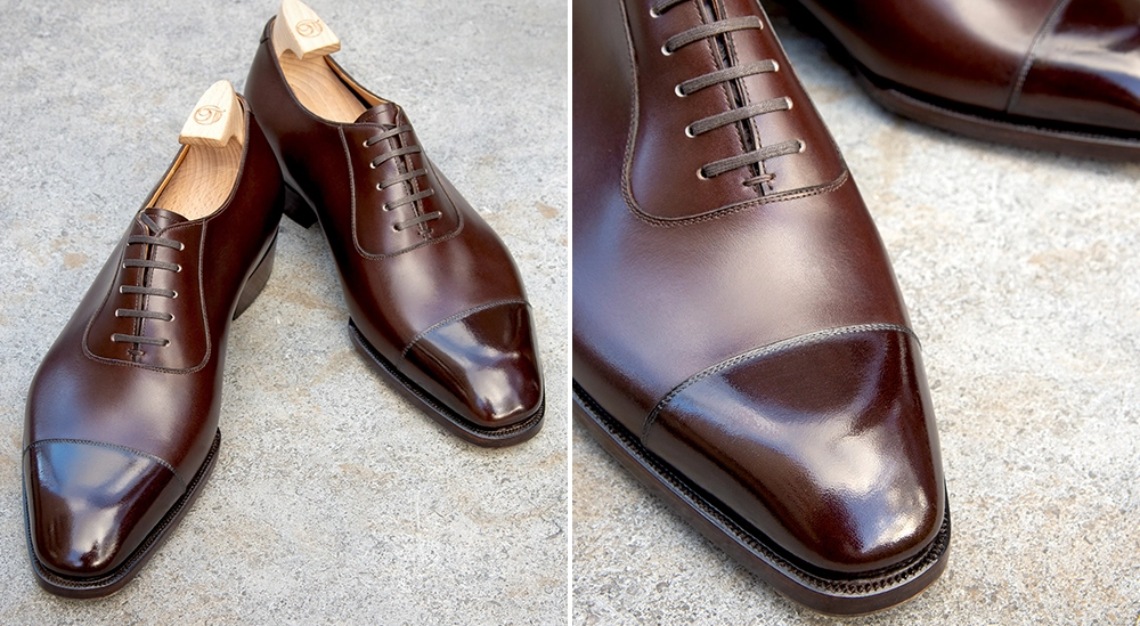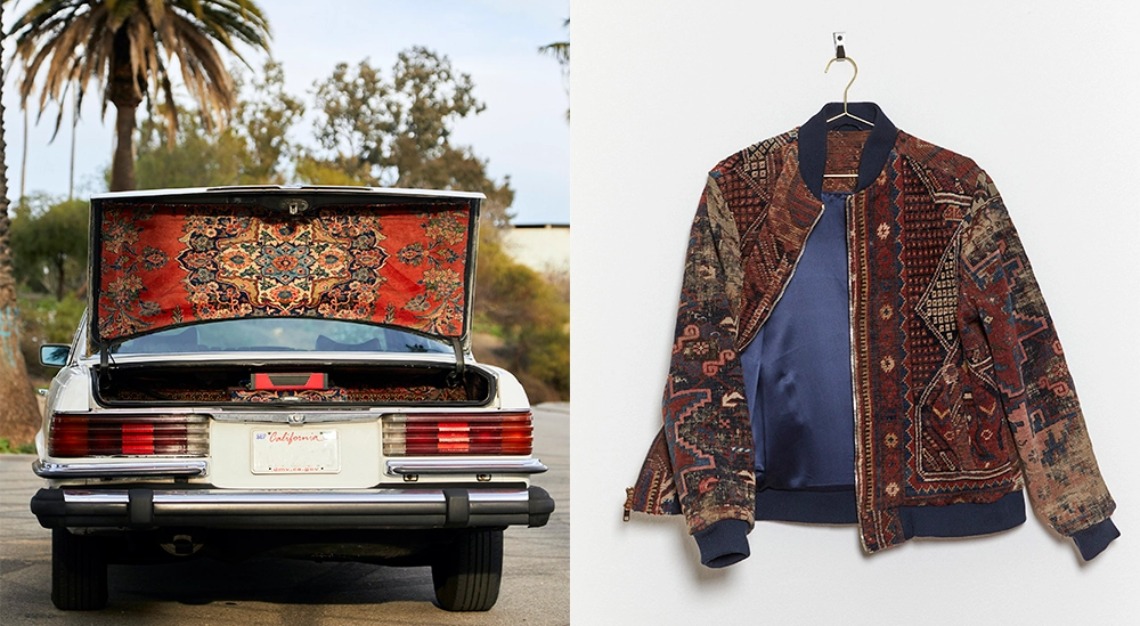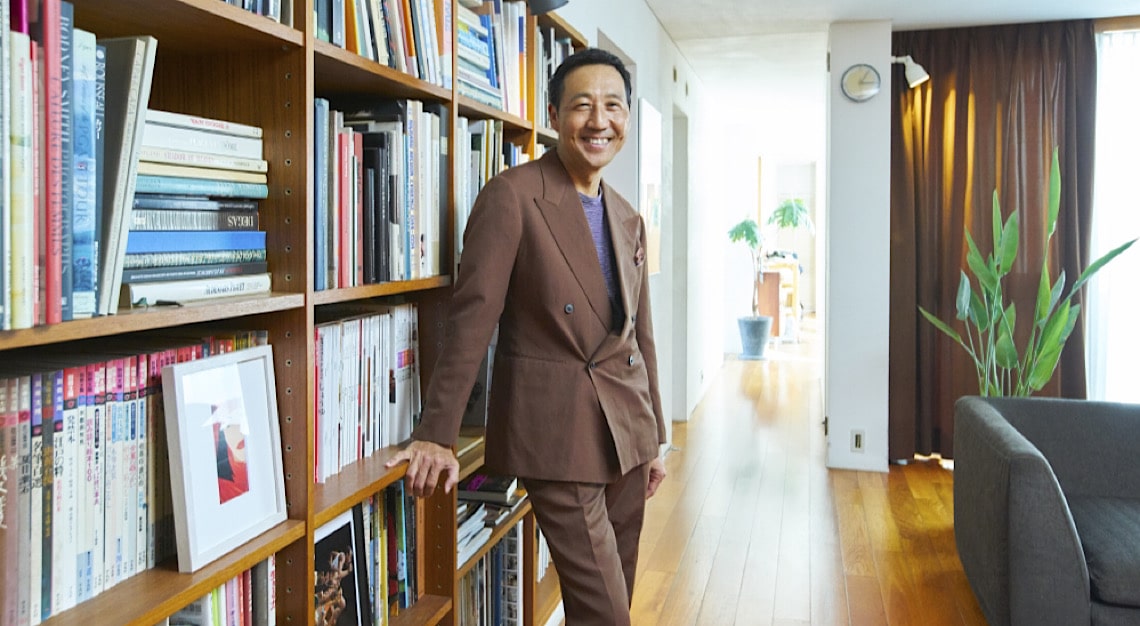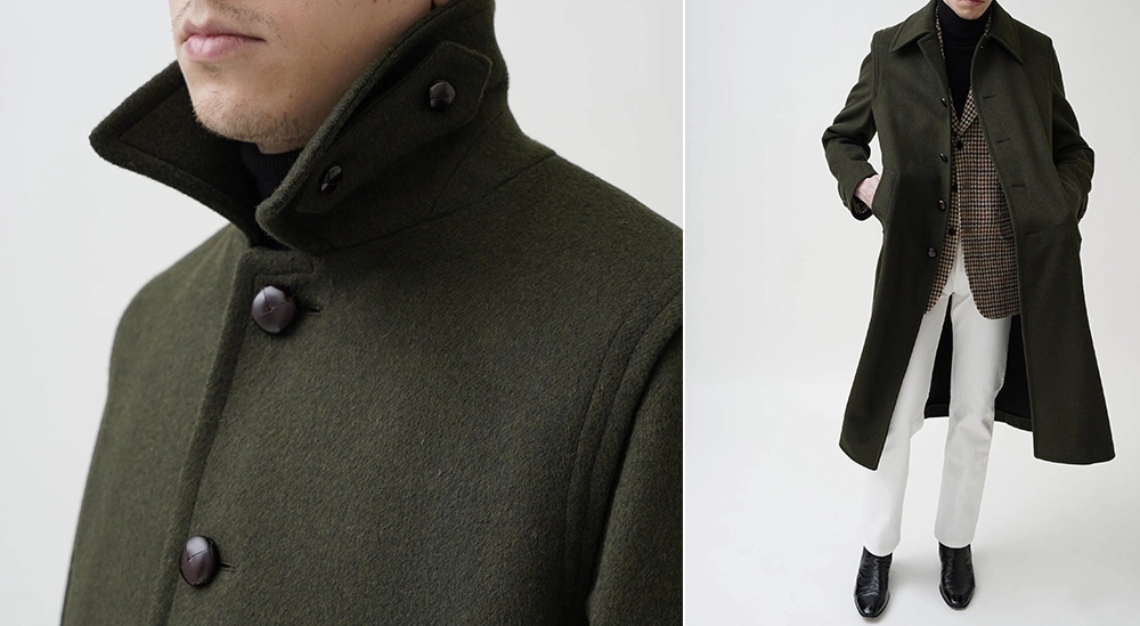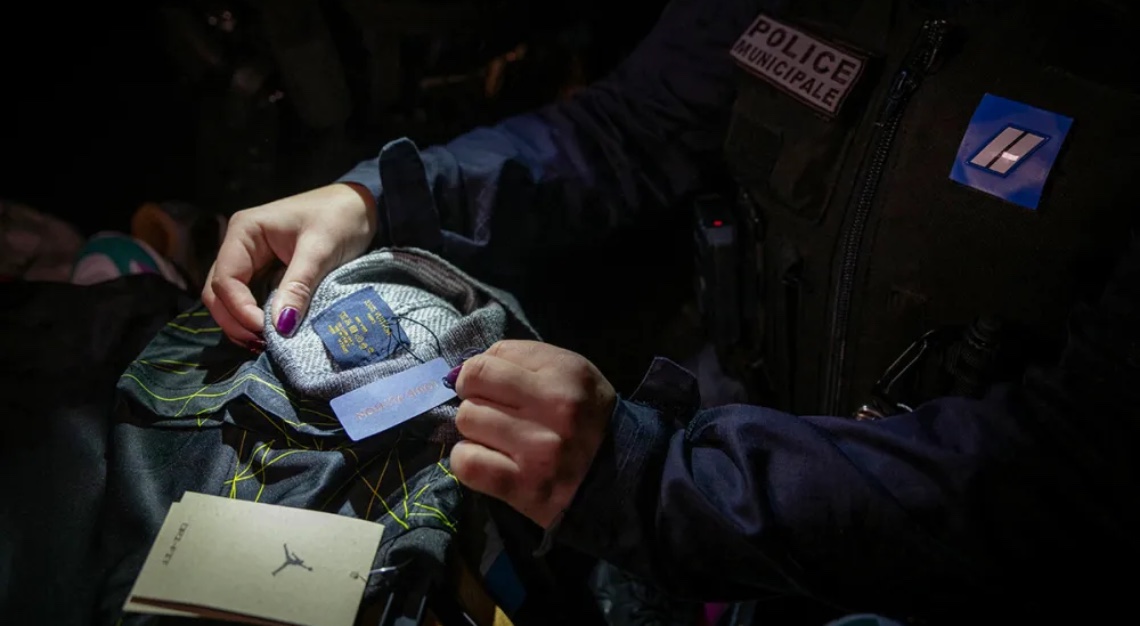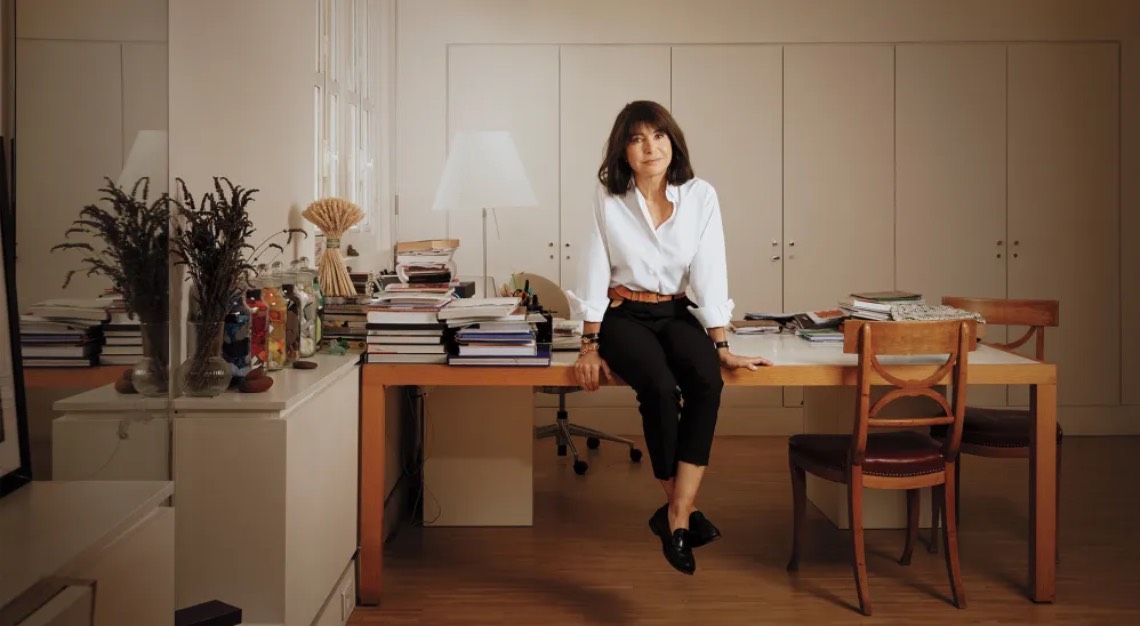After a few years of trial and error, a number of the nation’s hand-made brands are starting to gain a global following
For a long time in shoemaking, “made in China” meant one thing: Western makers outsourcing and cost-cutting while trading on a brand name. It’s not exactly a recipe for top-end, artisanal products.
But things are changing. Recently, a new generation of home-grown brands has emerged, driven by enthusiasts and focused on craft. Since stores such as Beijing’s Medallion Shoes introduced a Chinese audience to the sleek, hand-welted designs and immaculate finishing of Antonio Meccariello and Saint Crispin’s, there’s been a flurry of new players: ACME in Beijing, Yearn in Chengdu, Jim&Jun and TGC in Shanghai, all producing elegant hand-welted, hand-lasted shoes. As those brands reach maturity, they’re starting to attract a global audience.
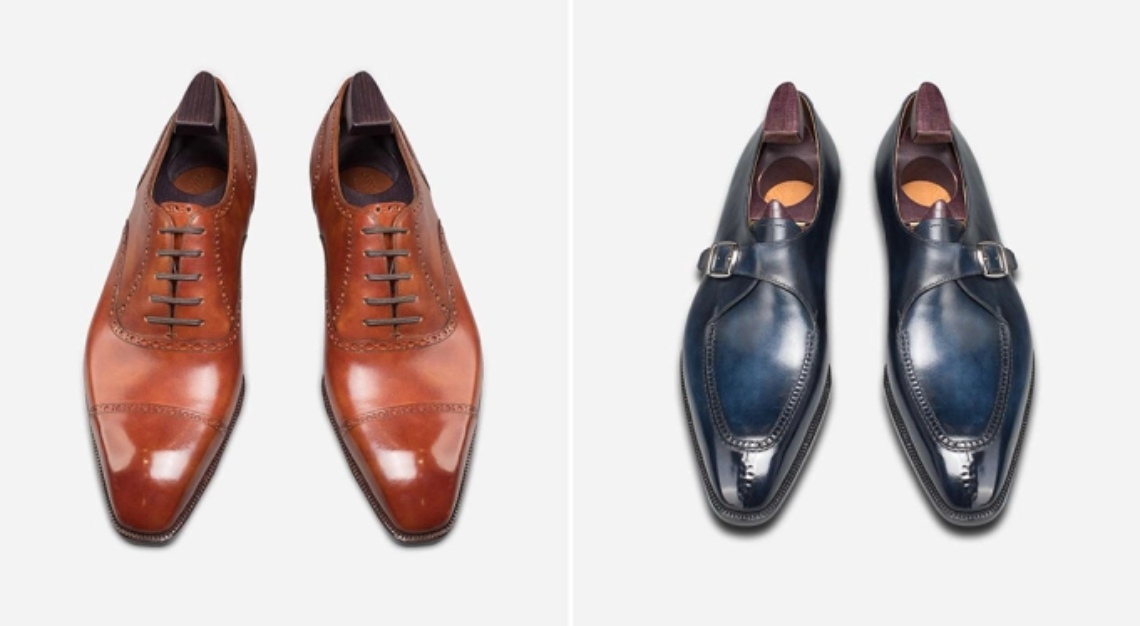
It wasn’t a smooth road, Tim Liu—one of the partners behind Yearn—tells Robb Report. Early on, “Chinese makers’ understanding of traditional handmade shoes was too limited, and people with purchasing power were more willing to buy European designer brands,” Liu says. At the same time, there were issues with the product, which looked the part but didn’t have the substance. “Through customer feedback, we realized that just pursuing good-looking design was not enough, and the comfort and balance of the shoes had not been addressed.” Working with industry veteran Jie Zeng in Chengdu, founder and designer Phoenix Fu spent two years redesigning the manufacturing process and the lasts to balance aesthetics and comfort. For ACME, too, the key was finding the right people. “The [Beijing] workshop has more than 15 talented artisans with an average experience of more than 30 years,” Marc Chow explains.
But how are international customers beginning to experience Chinese shoemaking? Few outside of China have the knowledge or time to navigate Taobao stores, and trying to fit customers at a distance isn’t easy even without a language barrier.
That’s where people like Tom Brone come in. Brone started his career with the Hungarian shoemaker Vass in 2011, before founding European RTW brand Sons of Henrey in his native Belgium. A few years later, Brone says, he started thinking about selling hand-welted shoes again. He considered turning back to Vass, but wanted something finer and more elegant. Having connections in China from his Vass days, he set up a meeting with TGC in Shanghai and soon agreed to collaborate on a European project. That project was Oct. Tenth.
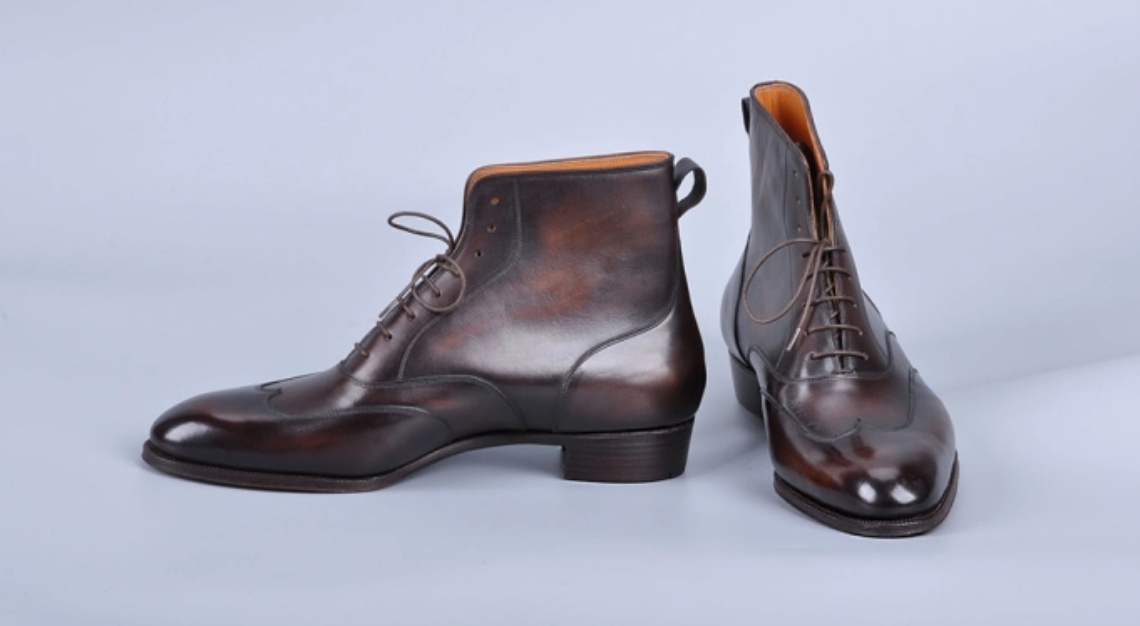
The main challenge was sizing, Brone explains. “It needed to be perfectly aligned to Western shoemaking, the same as a Crockett and Jones 10½, the same as an Edward Green 11. It can’t be a guessing game.” Oct. Tenth began with the development of four exclusive lasts, shaped for the longer, narrower Western foot, and sized for easy equivalence. In May 2021, the brand launched as a made-to-order offering through Sons of Henrey; in March it was re-launched as an independent channel.
William Wong of London boutique Arterton has a similar story. Wong operates as a curator and translator for Yearn (as well as its exclusive U.K. distributor), aligning Chinese craft with Western sizing and tastes. The proposition was simple, he says: “hand welted, hand outsole stitched shoes, using European leathers and trimmings.” But while the craft is there, brand awareness is not. This makes the London presence (and recent Savile Row popup store) all the more valuable: Arterton stocks ready-to-wear models in-house, alongside an extensive MTO offering.
Both Wong and Brone acknowledged the value proposition but were surprised by the quality. “The workmanship is either on a par or even better than the big [European] players,” Wong says. There’s a lot of handwork partly because the Chinese market is so small; it wouldn’t make sense to invest in many machines. Brone says ruefully that Oct. Tenth’s ability to source top leathers and suedes in China outstrips his in Belgium, thanks to their group buying practices.
Like The Anthology’s suits, recently seen at the Oscars, we’re just starting to see Chinese-made luxury emerge on the international stage under its own name. Wong compares the process to Japanese consumer brands: in the 1950s they were a budget option, but now connoisseurs the world over pay top-dollar we have Lexus and Grand Seiko.
